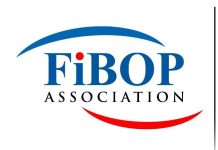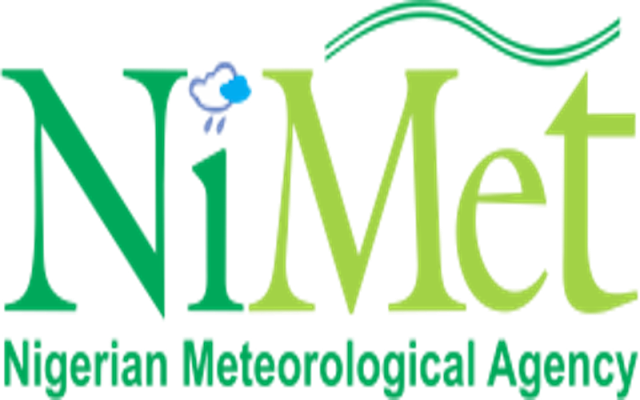The director general of the Nigerian Meteorological Agency (NiMet), Prof Mansur Matazu has said that the era of aircraft diversion as a result of poor visibility was over with the successful calibration of the CAT 3 ILS in some major airports.
Matazu who stated this in an interview with journalists at the International wing of the Murtala Muhammed Airport, Ikeja, at the weekend explained that aircraft diversion was hitherto caused lack of calibration.
He said the agency was deploying a runway visual range, an additional aid vision machine along the runway that allows aircraft to land and takeoff at weather minimal level which is about 300 meters.
He also disclosed that NiMet had upgraded its pilot briefing rooms in Lagos and Abuja adding that they would soon be commissioned and urged airlines, pilots and crew to always approach the briefing rooms for proper updates
“Actually, the main challenge that time (Visibility issues which caused diversions) was the calibration of the CAT3 ILS which has been successfully done in all the major airports. So, with this, we don’t normally expect such. We work in harmony with all the aviation agencies and especially for NAMA, they directly consume our services”
“Even in JFK (New York) they could be such poor weather conditions that could make flight delays. So, we should expect that in the country, so that they would despite whatever instrumentation serviceability status that you have, they could be such level that it requires certain bad weather. Especially you know that in the atmosphere where you don’t have parking space,” he said.
On the harmattan haze, Matazu said the dry season was associated with influx of dust from the Lake Chad and parts of Niger which normally comes with a strange wind impaired vision by truncating the clear vision.
He explained that principally in aviation such development causes visibility issues with horizontal visibility on the threshold that requires for smooth landing and takeoff.
Again, he urged airlines, pilots and crew to always approach the briefing rooms for proper updates
“Even though we provide some of these services via e-mail but in the briefing, they get to know details of what they should expect. At times for us in NIMET we use that platform to get feedback because they are the ones that fly in the air and they can give us a very useful feedback.
“In that, we do what we call forecast evaluation. They evaluate what is given to them; so we encourage them to always visit the briefing rooms of NiMet,” Matazu added.




























































